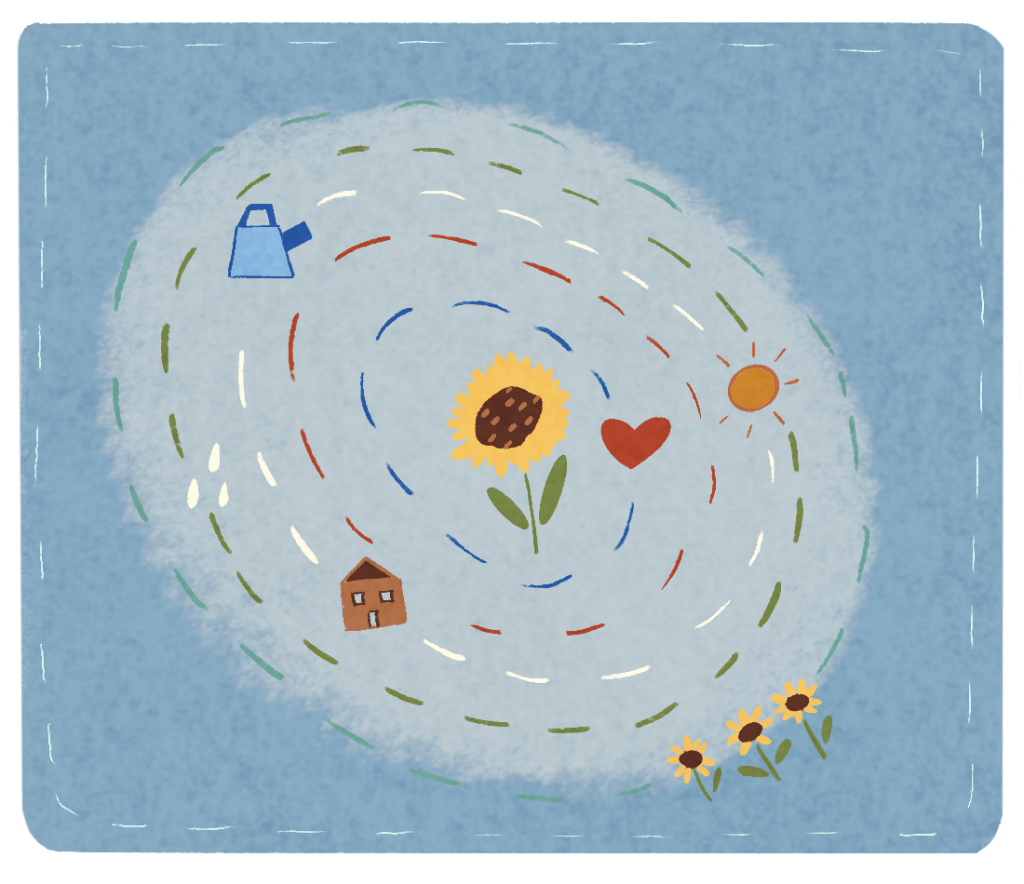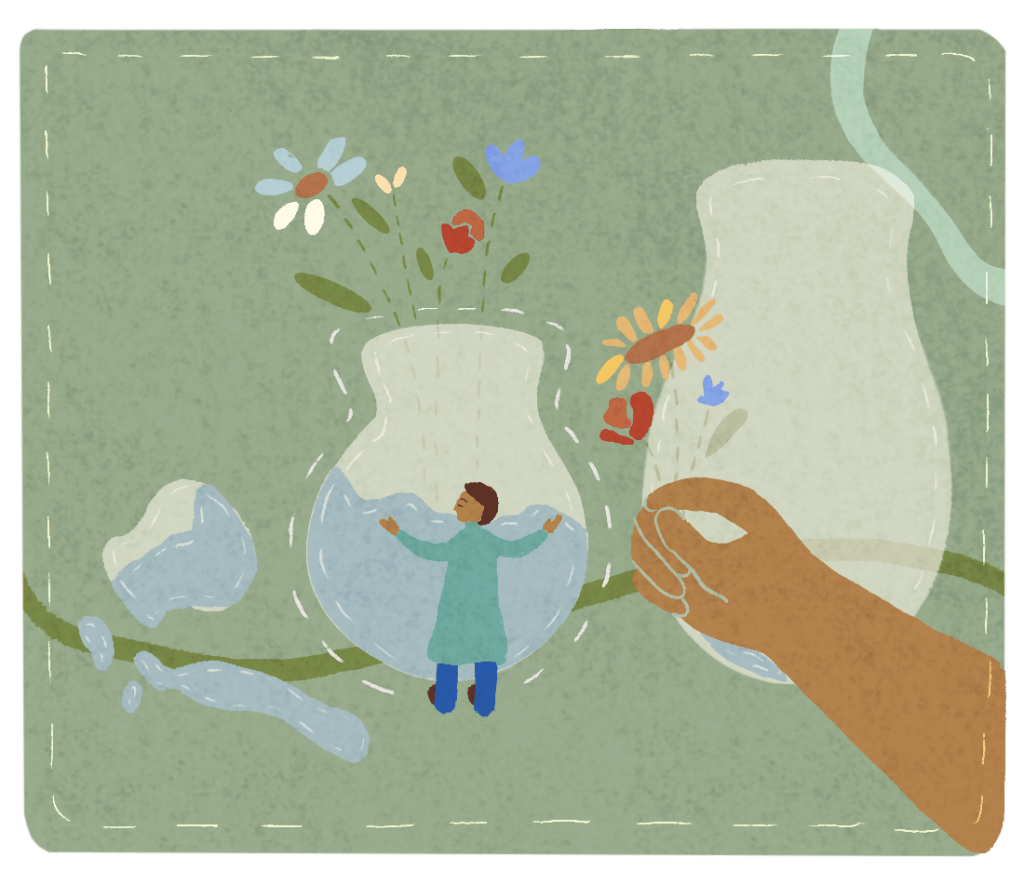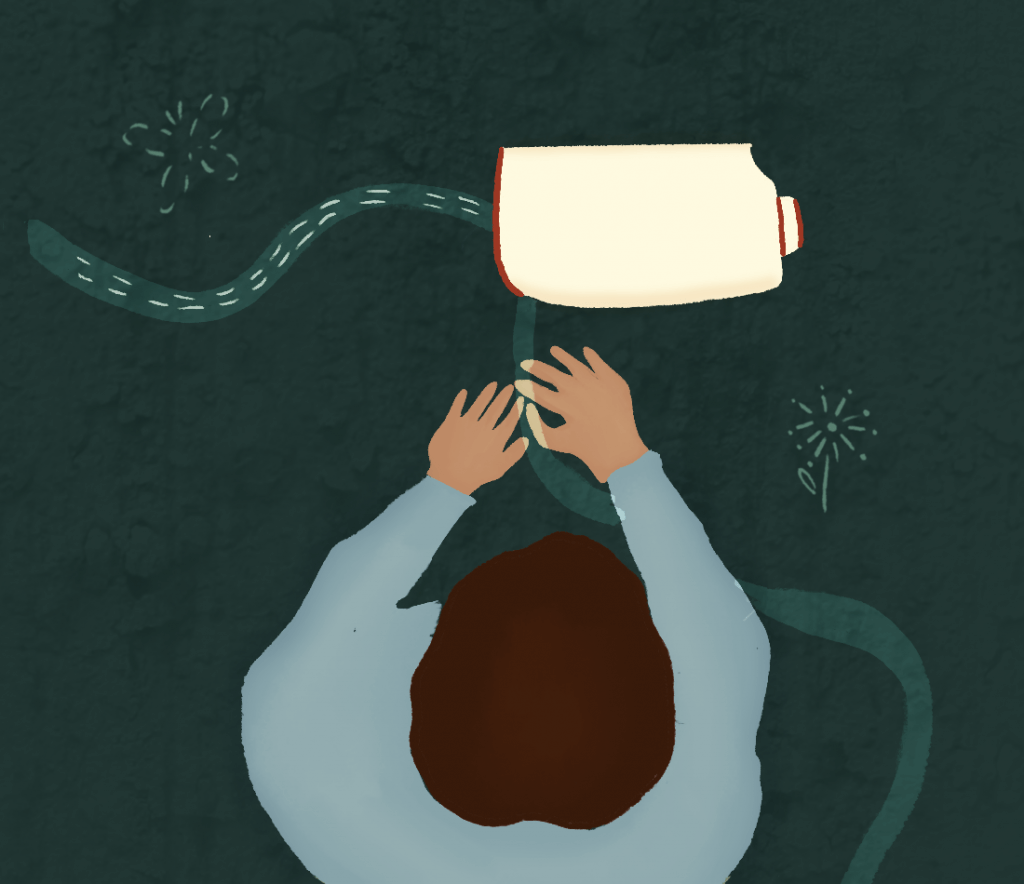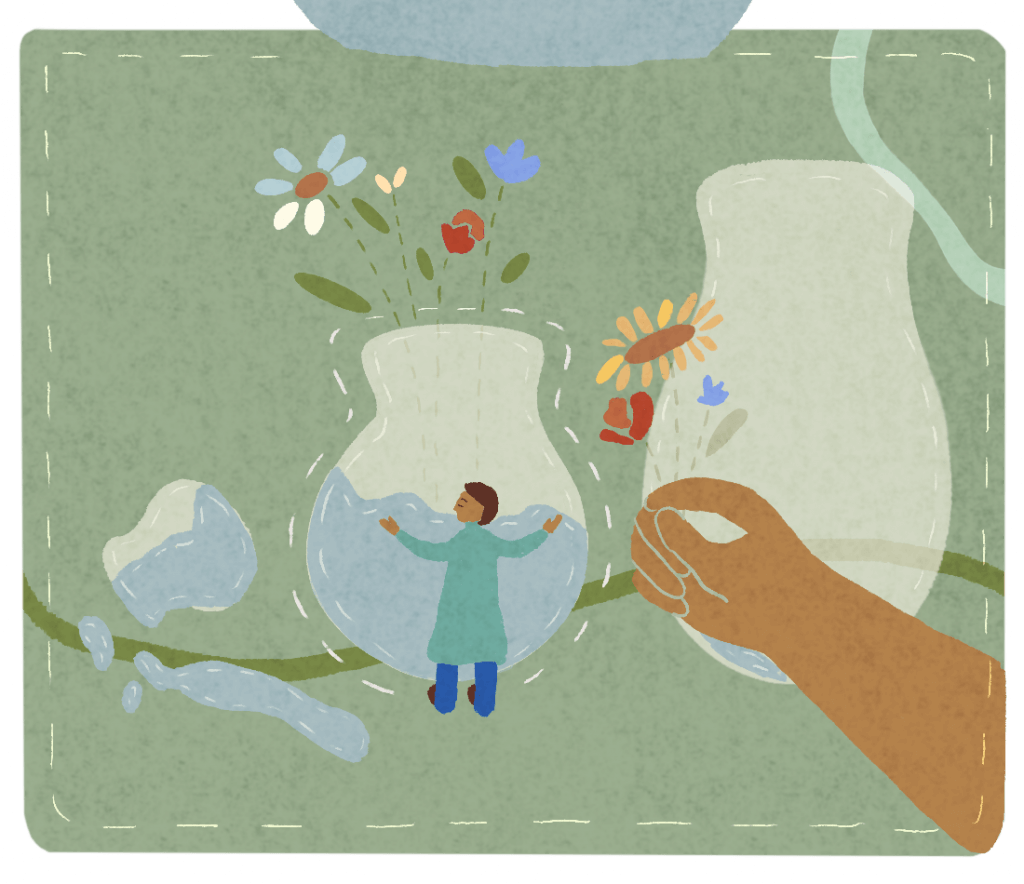Introduction

What is Belonging?
Belonging is a fundamental human need that shapes our motivations and actions. In a social movement context, belonging can be defined as people feeling that they are seen, valued, and recognized as part of a larger system or organization.
Belonging is nearly invisible to us when it exists. Just as with other basic needs such as safety and dignity, our need for belonging is most heightened when we feel its absence. The severity with which this absence is felt influences what we do and why. Crises of belonging (or dynamic belonging) can be felt in different nested dimensions: internally, in interpersonal relationships, in communities, and in broader ideas.
Our movement’s ability to create the conditions for belonging, without perpetuating subordination and coercion, will determine our strength and cohesion moving forward.
This project is the culmination of a lifetime of wrestling with belonging and a decade of organizing experiments with transgender and queer Asians and Pacific Islanders in Lavender Phoenix1. Over the last 18 months I’ve spoken with over 25 organizers, leaders, facilitators, and strategists across the so-called United States (see appendix 2 and 3 for a list of conversation partners and for more on methodology). From these conversations and reflections come six suggested practices for organizations to implement in their own bases and spaces.
Taking it Home
At 17 I was convinced that there was no place for me in this world. Growing up working poor, mentally ill, queer, gender nonconforming, and mixed race–I was told, implicitly and explicitly, that I did not belong.
This understanding remained central even once I got involved in social movement work. As I started to get activated by anti-imperialism organizations and labor solidarity groups, my actions, my drive, my attempts to be perfect were influenced by the fear that I would be cast out at any moment. My belonging was so fragile I felt like I had to perform in order to earn my spot to stay.
My fear-based sense of accountability deeply impacted how I moved throughout the work. I avoided conflict, acted as a people-pleaser, swallowed my emotions and analysis, made excuses for others’ misaligned behavior, and minimized myself.


Why We Should Think About Belonging
We’re living in a belonging-starved culture, where alienation and individualism are in full force. People are either struggling to find belonging due to very real constraints on their time and energy (working multiple jobs, constant upheaval, etc.), or they’re finding belonging in fear-based economies (conspiracy theories, alt-Right and neo-fascism, men’s rights groups, etc.).
Cultivating Right-Sized Belonging
Between the poles of over- and under-belonging, we can find “right-sized belonging” – a type of belonging that is properly balanced, so that people in our organizations feel both their internal agency and humanhood AND a resilient commitment to a collective purpose.

Practices that Create Belonging
Belonging is a verb3. It’s not a static destination, but rather something that is cultivated and cultivated again through iterative practice. Simply talking about belonging, an idea full of abstractions, isn’t enough. To enact change in our groups and create opportunities for belonging, we must commit ourselves to practices that become our culture.
Intentional practice interrupts conditioning and constructs new ways of being. Just as we consider dialectical materialism in our organizing, we must see the dialectical processes of our groups. Each of us must create a hypothesis of how we need to grow right-sized belonging, test it through practices, evaluate our culture, and test it again. Our world and our work are always in motion, and our practices towards belonging must reflect this motion.
Practicing belonging should be integral to the fabric of our organizations, not an additive to our work that fuels non-profit culture and never-ending ‘bureaucratic inertia4.’ Rather than creating new work on top of our ultimate goals, I’m asking our movements to consider what a belonging-based approach to organizing looks like. When our staff, leaders, and members engage in these practices, how does it improve our ability to build trusting relationships and meet our goals?
Below I’ll focus on six practices that can cultivate belonging. Within each practice I’ll provide a brief description, risks of neglecting the practice, and opportunities that arise if we choose to move deeper. I’ll also include assessment questions and suggested implementations for each practice. Although this is geared towards base-building organizations, each of our groups will be different in terms of goals, size, and constituency. Folks are encouraged to spend time adapting to their unique location and culture. The six practices are:
Click the practices above or interact with the quilt of belonging below to learn more about each practice.
1
Anchor Your Purpose
What is Belonging?
4
Understand Trauma & Build Emotional Skill
2
Approach Problems with Collective Governance
5
Increase Conflict Resilience
3
Set Boundaries and Expectations
Right-Sized Belonging
6
Connect to a Broader Movement Ecosystem

Anchor Your Purpose

Approach Problems with Collective Governance

Set Boundaries and Expectations




Understand Trauma & Build Emotional Skill

Increase Conflict Resilience

Connect to a Broader Movement Ecosystem
Conclusion
These practices are designed so that organizations can build a culture in which belonging is a consistent throughline. Ultimately, our future success in being able to grow our power and sustain a resilient movement depends on the intentionality with which we build the culture of our organizations.
1 Lavender Phoenix is a base building organization in the San Francisco Bay Area working towards healing justice, community safety, and strategic movement ecosystems. Through relational organizing, LavNix supports transgender and queer Asian Pacific Islanders to come into their personal and collective power. I was involved in LavNix first as a Summer Intern in 2013, and stayed on staff as an organizer until I served as Executive Director from 2016-2021.
3 Not grammatically, but for the purposes of this workbook I’m thinking of belonging as an ongoing set of actions and reactions. For the people still getting caught up on this, think of it as Gopal Dayaneni taught me: “belonging is energy, it’s neither created nor destroyed. It flows through everything and it changes form under different conditions.”
4 Bureaucratic inertia describes the tendency within organizations to develop and perpetuate neverending operational procedures. These procedures can become so complex and time consuming that they override the core purpose of the organization.
Contact Me
Download the Workbook
Thank you for your interest in the Right-Sized Belonging workbook! Please fill out the following form to proceed with the download, or download the workbook directly here.
